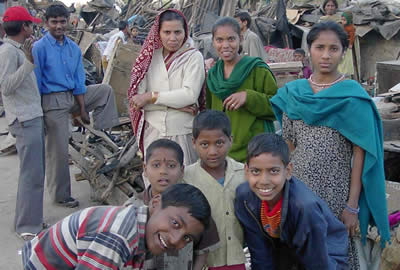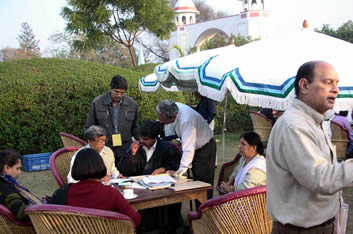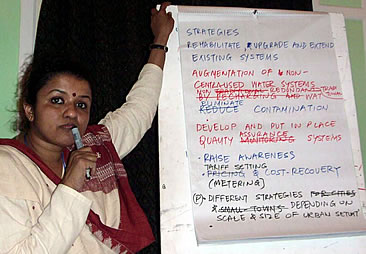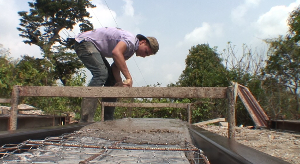Urban Renewal Conference in India
The Indian government entity HUDCO, with support of the United Nations, organized a conference in February, in order to gather ideas for new lines of action as it confronts the enormous problem of growing degradation of the constructed environment in Indian cities. The country has more than 1,000 million inhabitants, of which 30% live in cities. Five of the fifteen most populous cities on Earth are in India, and a total of its 27 metropolises have more than a million inhabitants.|
The Indian government entity HUDCO, with support of the United Nations, organized a conference in February, in order to gather ideas for new lines of action as it confronts the enormous problem of growing degradation of the constructed environment in Indian cities. The country has more than 1,000 million inhabitants, of which 30% live in cities. Five of the fifteen most populous cities on Earth are in India, and a total of its 27 metropolises have more than a million inhabitants.  The social differences are extreme, with a small minority possessing great fortunes, and a middle class the majority of which are more of a working poor, while the great masses live in overwhelming poverty installed in shacks or encamped along the roads and even in the streets of the cities.  Kurt Rhyner of Grupo Sofonias/EcoSouth was invited to contribute his expertise and experiences. His presentation emphasized the need to support the informal sector as the motor of popular development, by creating small Ecomaterials production workshops and supporting them with credits, technology transfer and advice. He also stressed the need of accompanying this type of action with a strict quality control system, for the protection of the clients. Networking A few key phrases:
Rhyner took advantage of his stay in New Delhi to visit the offices of Development Alternatives and had a fruitful interchange with the colleagues there. They are presently organizing a conference, along with an evaluation seminar about the Basin Network. This visit perhaps allowed for better coordination, as it was possible to have a calm and profound bilateral interchange, something not always possible within the framework of a conference or seminar. Discussions highlighted the idea of interchanges among technicians of both institutions, that could be technology transfers or even investigations.  |



